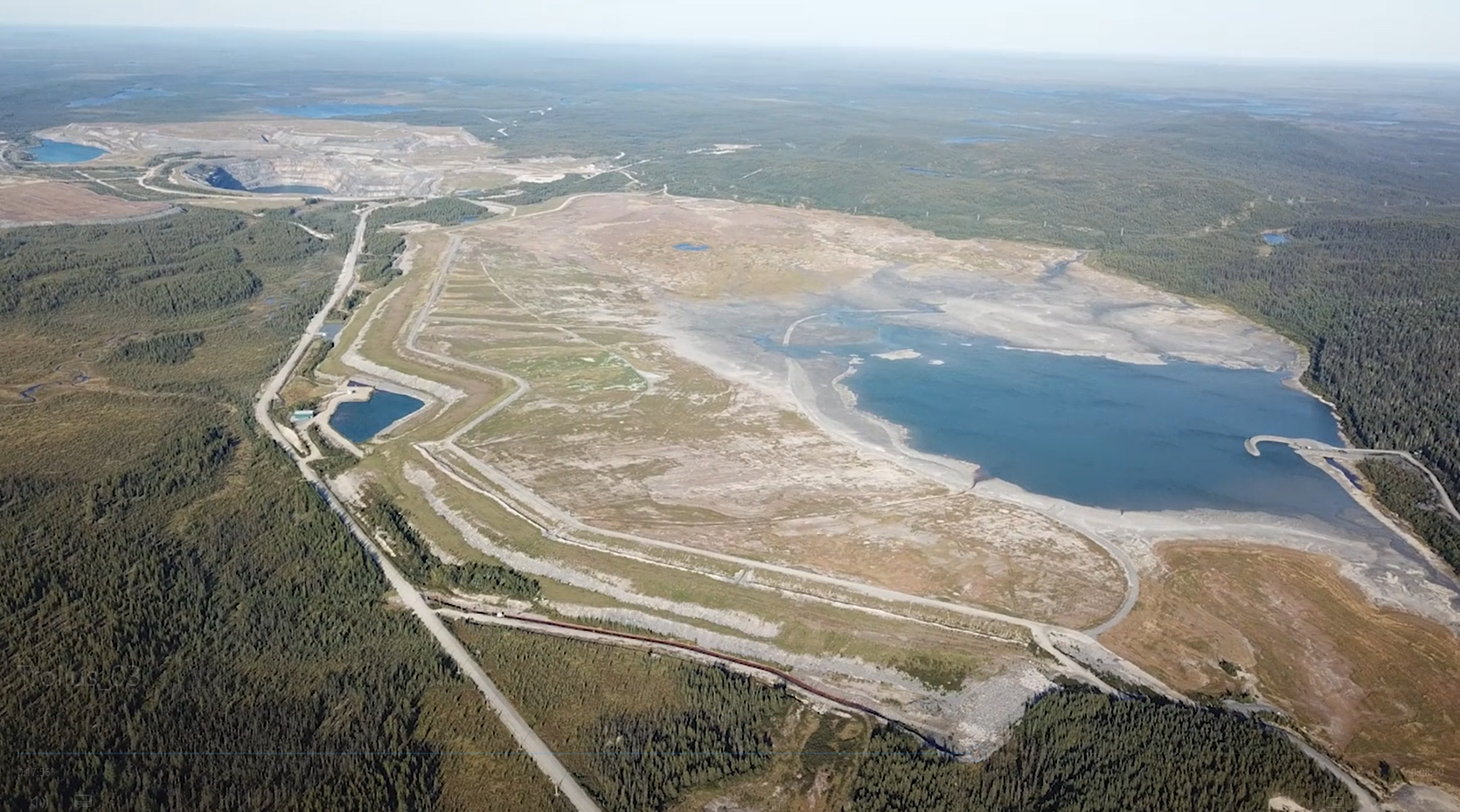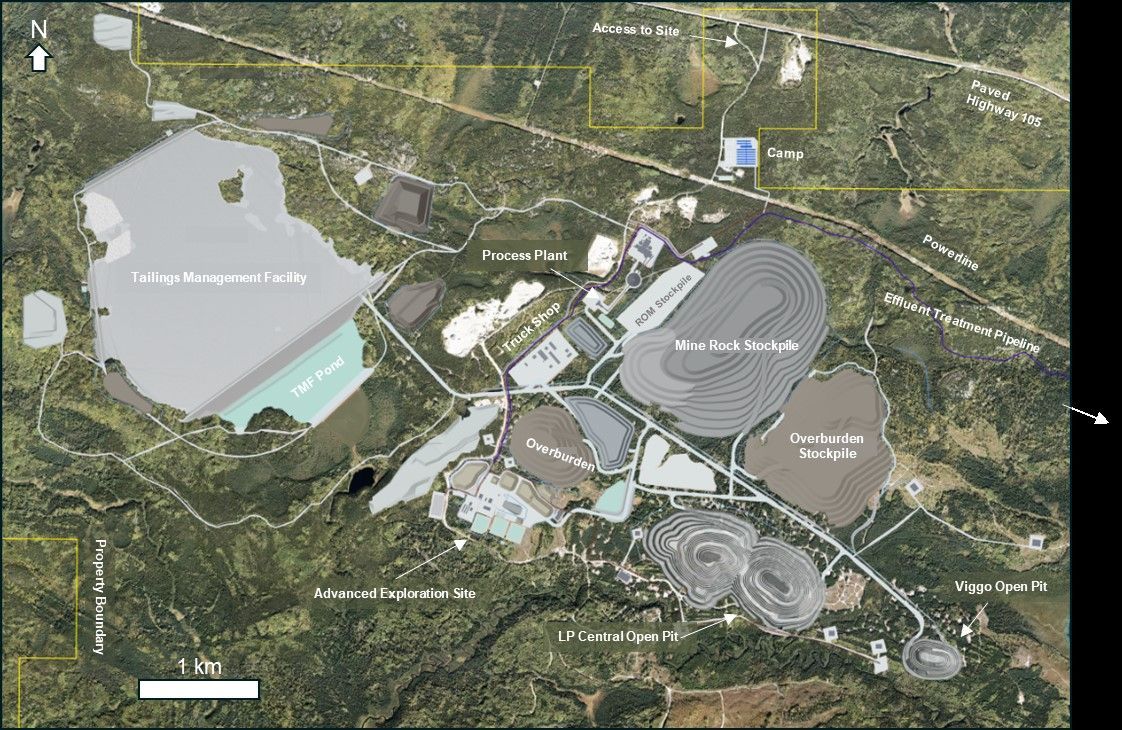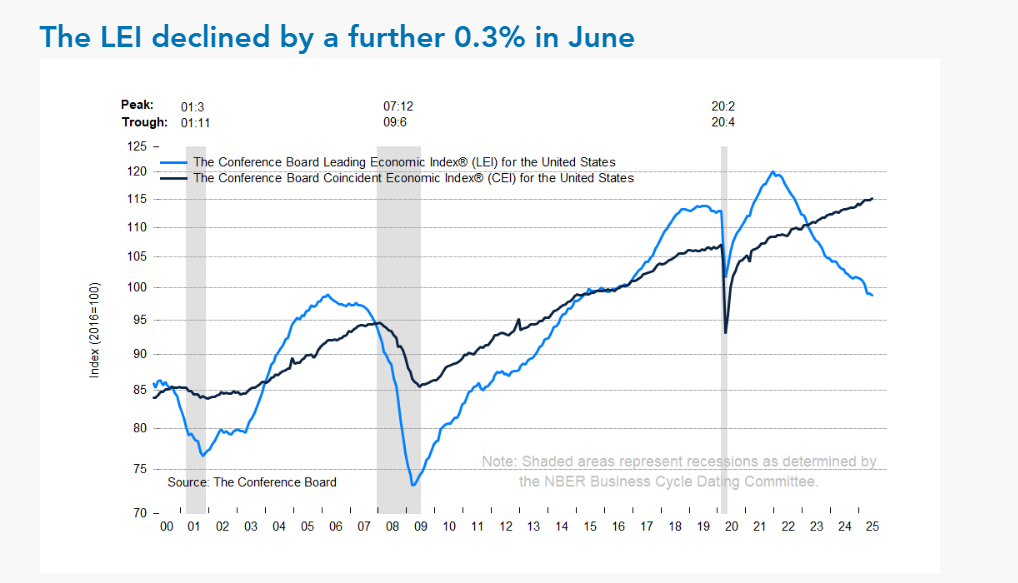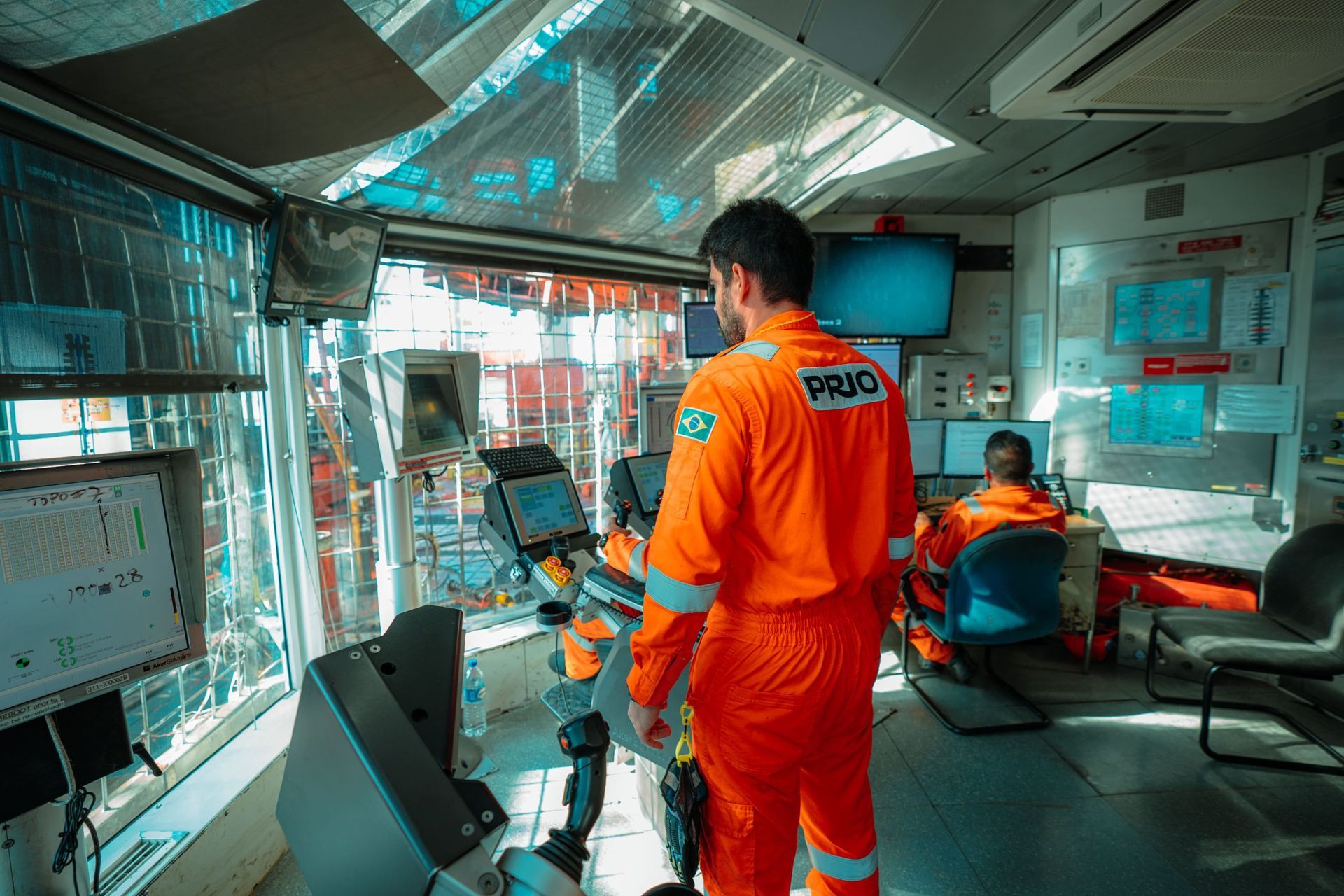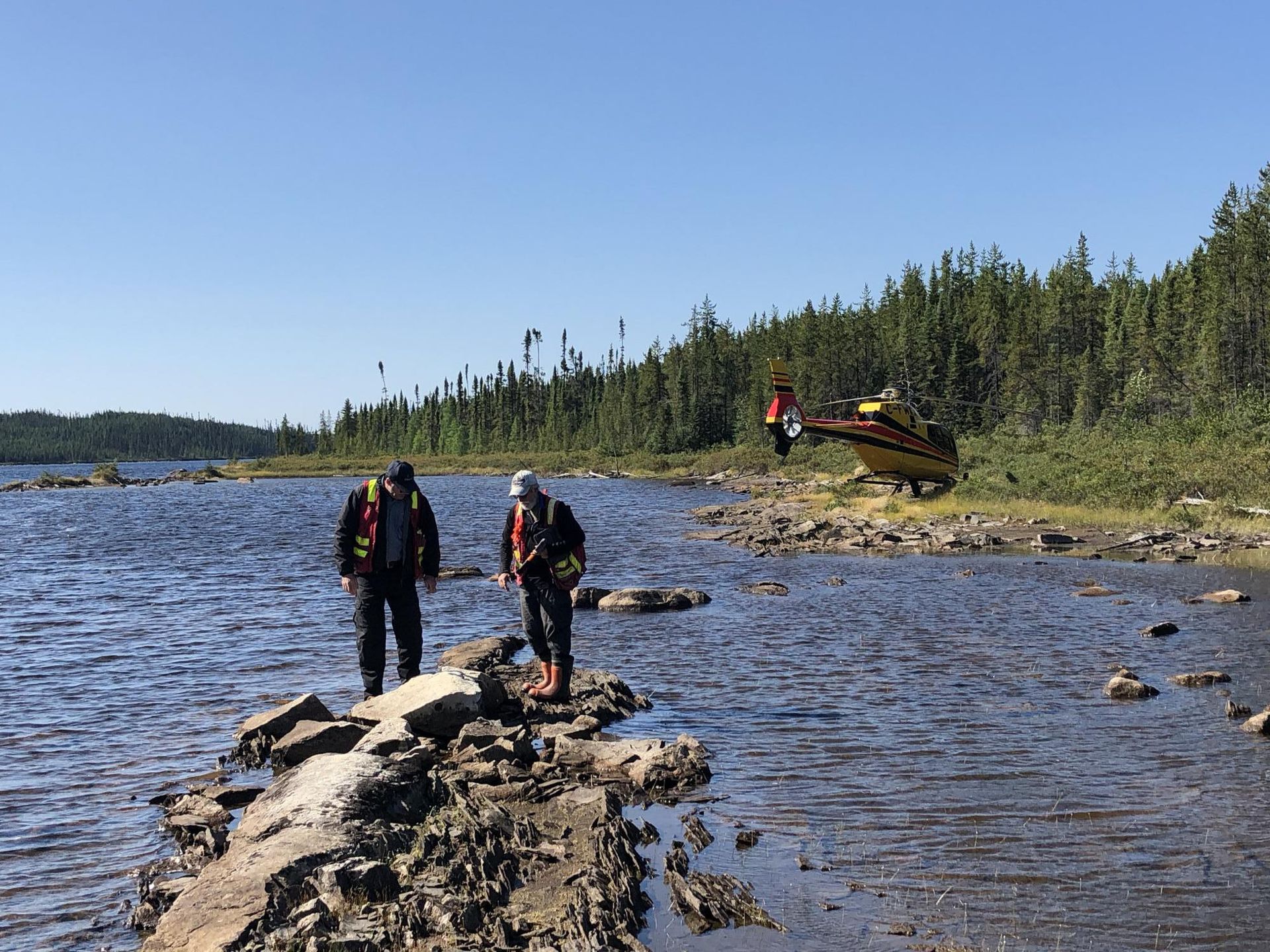Mining 101 Primer
EQUINOX PARTNERS
Gold & Silver Mining 101
The concepts, terms, and tips to know before you invest
With a 25 year track record, Equinox Partners is a New York based team of stock pickers who build concentrated portfolios of undervalued, high-quality public companies in the resource sector and emerging markets. The firm’s gold mining team has 35 years of cumulative, relevant experience.
Overview
Public companies 528 above $10m market cap
Market capitalizations A vast range from less than $10k to $50b; most companies are small
Total Production Gold 107 million oz (2018); Silver 856 million oz (2018)
Social License to Operate Focus on rule of law, political stability, permitting, headline risk
- Nations: Good Australia, Canada | Less Good Mexico, Peru | Difficult S. Africa, Equator
- States matter: British Columbia is not Ontario, and Idaho is not Nevada
- Localities matter more: It’s all about local social and political dynamics
- NGOs: They are ideologically driven and looking for leverage
Demand
- Gold: Driven by investment and Central Banks. Read this report.
- Silver: Driven by both investment and industrial demand. Read this report.
Supply
- Gold: 1% annual growth should continue.
- Silver: Flat production for the past six years.
Mainstream Research Gold Counsel | Callan | Goldman | BofA | Dalio
Alternative Research GATA | BullionStar | RealVision | Goldmoney.com
Concepts
Company Type
- Prospector: Stakes and acquires prospective ground with mineral potential; performs initial low-cost exploration work (geologic mapping, geophysics, geochemistry, etc.); establishes drill targets and outlines the opportunity; secures joint-venture partners to fund drilling/exploration by offering a majority interest.
- Explorer: Attempts to find economic metal in the ground via the use of preliminary techniques (geophysics, geochemistry, and soil and rock sampling) and drilling. Due to the uncertainty associated with this stage, there tends to be high-risk/high-reward profiles.
- Developer: Has already identified a profitable ore deposit, and is raising funds to build a mine a mine. These companies have lower risk/reward profiles than explorers, but still have risk in the form of financing and construction.
- Producer: Engaged in the mining and processing of economic ore, producing: 1) doré bar (alloy of gold and/or silver) which is later refined, or 2) concentrate (processed ore with a much higher concentration of gold/silver) that has to be smelted to extract the
- precious metals. Since they are already producing, they tend to offer the lowest risk/reward.
- Royalty: Financier that funds exploration and production projects for cash-strapped mining companies in exchange for royalties (% of revenues) or a stream (% of metal). They take no operational risk, participate in exploration upside, and have less leverage to metals prices.
Asset Type
- Precious Metals: Gold, Silver, and Rhodium, Palladium, and Platinum (RGM group)
- Base Metals: Copper, Lead, Tin, Aluminum, and Zinc
Geology
- Rock: Gold is found in various geological systems with several sub-level classifications. Economic concentrations are rare. No two deposits are the same.
- Consistency: Does the material between two drill holes likely reflected in the results measured from assaying the drilled core samples?
- Size: Is it likely that the ore deposit continues further down (at depth) or further horizontally (along strike) than the holes at the extremes indicate?
- Prospectivity: Is it likely that there are deposits to be found on a land package? Are there deposits that have been found historically that are close to/within the land package?
Metallurgy
- Removing valuable metals from ore and refining the extracted metals into purer form.
- But can it be done profitably given currently available technologies and metals prices?
metrics
The Industry Specific Metrics: The World Gold Council introduced all-in sustaining costs (AISC) and all-in costs (AIC) metrics to establish comparable metrics on a cost per ounce basis.
- AISC: Costs associated with mining and maintaining an ounce of gold/silver.
- AIC: Similar to AISC, but includes cap ex to grow production.
NAV, P/NAV: Allows comparison and evaluation of a given company’s value.
- Calculated as NPV of all mining assets + the value of the minority interest/equity investments + cash & equivalents – NPV of Corporate Overhead – Debt for a given company.
Mineral Resource: It is a concentration or occurrence of natural, solid, inorganic, or fossilized organic material in or on the Earth’s crust in such form and quantity and of such a grade or quality that it has reasonable prospects for economic extraction. The location, quantity, grade, geological characteristics, and continuity of a Mineral Resource are known, estimated, or interpreted from specific geological evidence and knowledge.
Measured Resource: These are resources from which the quantity is computed from dimensions revealed in outcrops, trenches, workings, or drill holes; grade and/or quality are computed from the results of detailed sampling. The sites for inspection, sampling, and measurement are spaced so closely and the geologic character is so well defined that size, shape, depth, and mineral content of the resource are well established.
Indicated Resource: Resources from which the quantity and grade and/or quality are computed from information similar to that used for measured resources, but the sites for inspection, sampling, and measurement are farther apart or are otherwise less adequately spaced. The degree of assurance, although lower than that for measured resources, is high enough to assume continuity between points of observation.
Inferred Resource: Resources from which estimates are based on an assumed continuity beyond measured and/or indicated resources, for which there is geologic evidence. Inferred resources may or may not be supported by samples or measurements.
Resource Confidence Level: Inferred < Indicated < Measured
Reserve: A Mineral Reserve is the economically mineable part of a Measured or Indicated Mineral Resource demonstrated by at least a Preliminary Feasibility Study. This Study must include adequate information on mining, processing, metallurgical, economic, and other relevant factors that demonstrate, at the time of reporting, that economic extraction can be justified. A Mineral Reserve includes diluting materials and allowances for losses that may occur when the material is mined. Measured Resources, if economic, convert to Proven Reserves. Indicated Resources, if economic, convert to Probable Reserves. Inferred Resources cannot be converted to Reserves until they are first converted to either Measured or Indicated.
Grade: The grade of ore refers to the concentration of the desired mineral it contains, commonly quoted in grams/metric tonne, or percentage concentration. Ceteris paribus, higher grade is better.
EV/Resource Oz, EV/Reserve Oz: What you’re paying for metals in the ground.
EV/CF, EV/FCF: Measures of profitability for mining companies.
operations
Open Pit: Open-pit mining, also known as opencast mining, is a surface mining technique that extracts minerals from an open pit in the ground. Open-pit mining is the most common method and does not require extractive methods or tunnels. This surface mining technique is used when mineral or ore deposits are found relatively close to the surface of the earth. Open-pits are sometimes called ‘quarries’ when they produce building materials and dimension stone. The grade required for open-pit mining is considerably lower than the grade required for underground mining.
Underground: Underground mining is used to extract ore from below the surface of the earth safely, economically and with as little waste as possible. The entry from the surface is through a horizontal or vertical tunnel, known as an adit, shaft or decline. Underground mining is practical when the ore body is too deep to mine profitably by open pit, when the grades or quality of the orebody are high enough to cover costs, and when the footprint of an open-pit mine is too expansive in a particular jurisdiction to get permitted.
Throughput: The amount of ore processed by a mill/plant or heap leach pad. The mill/plant/heap leach pad has a nameplate capacity (rate at which mill/plant/heap leach pad was designed to process ore).
PEA (Preliminary Economic Assessment): A PEA tries to answer the question, “How can we exploit a deposit to maximize its economic returns?” Unlike more advanced studies, a PEA can use inferred resources for its operational and financial modeling so long as one has a reasonable expectation the outcome will be a profitable mine. A PEA is normally followed by a PFS and an FS. A PEA rarely forms the basis for a production decision because of the unknown risks, costs, and timelines.
PFS (Prefeasibility Study): A PFS is a more advanced study that uses only reserves and measured and indicated resources and involves more detailed engineering in order to optimize the alternatives for developing the mine and processing the ore. It also uses tighter estimates of capital and operating costs and other economic parameters by comparing them to recent examples. A PFS is usually followed by a FS, but if financing with equity, can sometimes be used as the basis for a production decision if the economics are particularly robust or the costing is at a FS level.
FS (Feasibility Study): An FS is the most advanced study. It typically only uses reserves and involves definitive engineering and detailed costing based on actual bids where possible instead of estimates. An FS is considered essential in order to finance larger, more complex, capital intensive, lower return mining projects, or if financing with banks, in which case it is often called a “bankable”.
mining lifecycle analysis
Mining companies have a life cycle as they develop from a claim to a producer. Analyzing each part of the life cycle requires different methods as the value of the company (hopefully) increase.
Proof of Concept: The exploration company makes a discovery, drills, needs access to capital, delineates their initial resource and conducts a PEA. See Talisker Resources.
Development: Moving into developing the asset, the company must receive permits, conduct a feasibility study, and line up project funding. See MAG Silver.
Production: The company constructs and then operates the mine, operationally optimizes it, makes positive ROIC decisions (hopefully), and lays out an effective strategy. See B2 Gold.
Depletion: The company processes its stockpiles, its mine-life expansion becomes limited, and it begins a closure plan.
caveats and insights
“A mine is a hole in the ground with a liar standing next to it.” – Mark Twain, failed gold miner
- Governance: Governance is more important in mining than any other industry. Capital intensive businesses necessitate good capital allocation, lest only the insiders get rich.
- Management: Knowing managements is vitally important since good and bad actors are not easily discoverable. Actually knowing the people is crucial.
- Financial Statements: Don’t say much about pre-production mining companies.
- Expertise: Technical studies require interpretation from experts. The analysis is as much art as science. You need to know the experts.
- ESG: is the competitive advantage of mining companies. If you mess up one element of ESG, your company fails. This isn’t necessarily true in other non-resource industries.
- Community Relations: The ability to manage community is key to success. Management teams that understand power and influence are more successful. Those that don’t, fail.
- Jurisdictional Risk: is always a part of the thesis. Jurisdictions that seem difficult prima facie can be among the best mining jurisdictions: it’s easier to permit in Burkina than Canada.
- Analysis: Perhaps unlike any other sector, gold mining investing takes a high degree of technical expertise, personal insights, fundamental analysis, and prudential tradeoffs.
- Inefficiency: Gold stocks are incredibly inefficiently priced, which isn’t surprising. Some companies are winners and some are losers. It is highly difficult to identify the differences.
- Now you’re ready?
You can understand everything in this primer, and still lose 100%.
